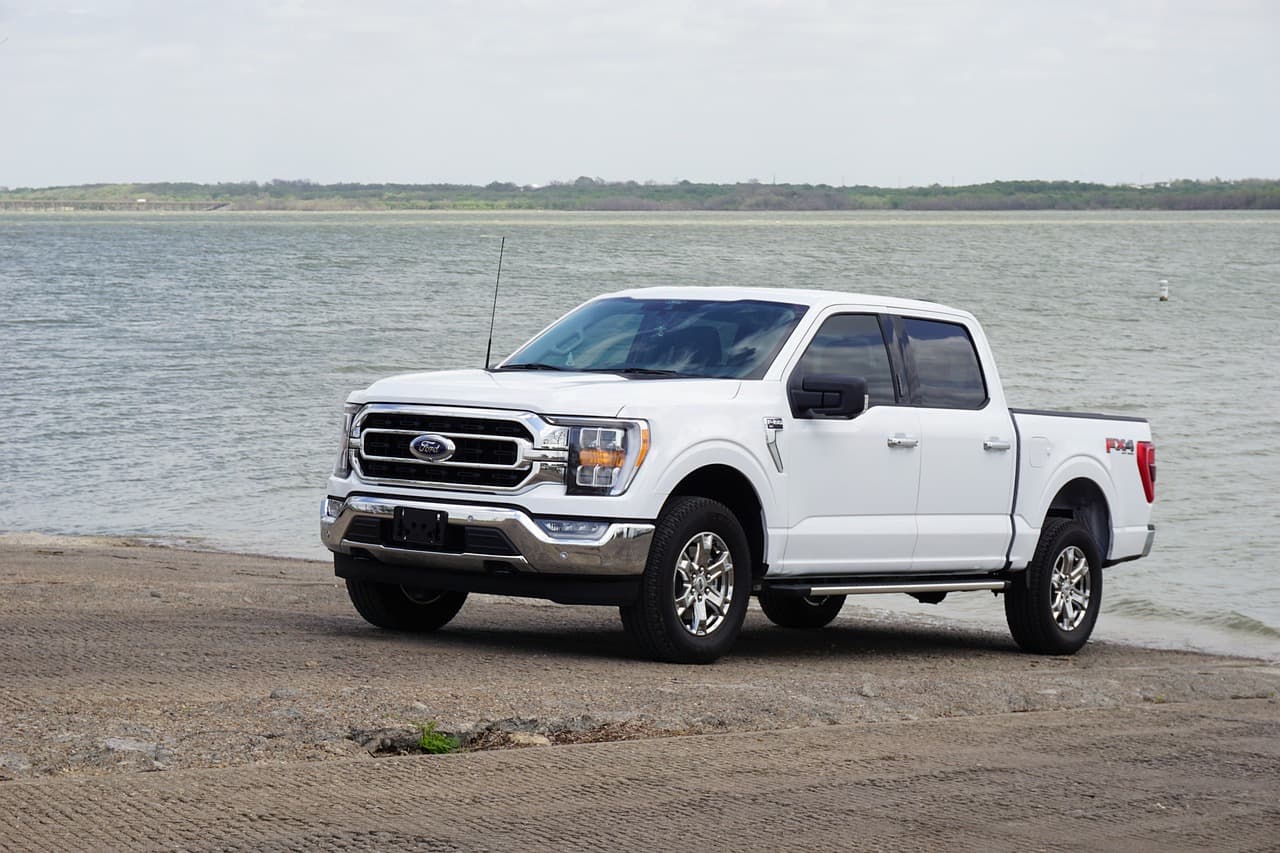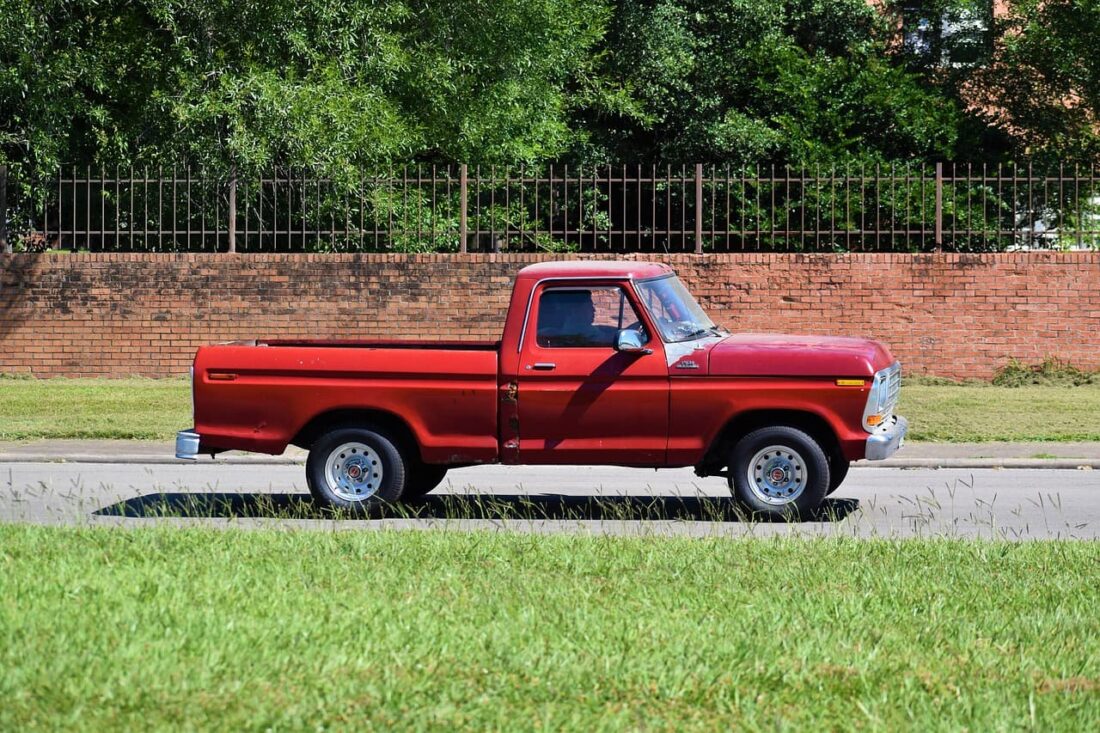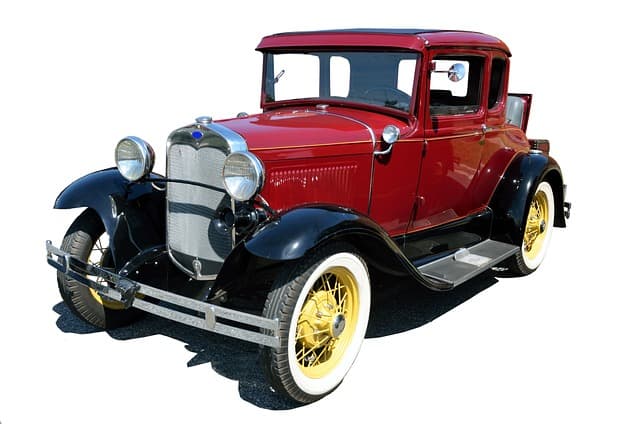Evolution of the Ford F-150: A Journey Through Design and Feature Changes

Introduction
The Ford F-150 is an iconic American pickup truck that has stood the test of time, evolving with the changing automotive landscape while maintaining its position as one of the most popular trucks in the United States. Since its introduction in 1948, the F-150 has undergone numerous design and feature changes that have helped it adapt to the ever-evolving needs and preferences of truck enthusiasts. In this article, we will trace the remarkable journey of the Ford F-150, from its humble beginnings to the modern-day powerhouse it has become.
1950s-1960s: The Birth of the F-Series
The F-150’s history can be traced back to the birth of the Ford F-Series in 1948. At that time, it was known as the Ford Bonus-Built and was designed to be a workhorse for farmers, construction workers, and small business owners. The design was simple, with a utilitarian appearance, and it came equipped with a 95-horsepower V8 engine. The F-Series was initially offered in three models: the F-1, F-2, and F-3, with varying payload capacities.
As the 1950s and 1960s rolled in, Ford continued to refine and expand its F-Series lineup. In 1953, the F-100 was introduced, marking the beginning of the modern F-150’s lineage. The F-100 featured a more comfortable and car-like cabin, making it appealing to a broader range of consumers.
1970s-1980s: Bigger, More Powerful, and Popular
The 1970s brought significant changes to the F-Series, with Ford introducing a more aggressive and muscular design. The F-150 was officially designated as its own model in 1975, and it quickly became a popular choice among truck buyers. This era saw the introduction of more powerful engine options, including V8s, as well as innovations like extended cab versions and four-wheel drive options.
In 1980, Ford introduced a new and sleeker design for the F-Series, which was a departure from the boxier look of previous generations. The aerodynamic design improved fuel efficiency and helped boost the truck’s appeal. The F-150’s reputation for durability and reliability continued to grow, solidifying its position as a top choice among truck enthusiasts.

1990s-2000s: Technological Advancements
The 1990s marked a period of technological advancements for the Ford F-150. Electronic fuel injection was introduced, providing improved fuel efficiency and engine performance. In 1997, the F-150 received a significant redesign, featuring a more rounded and aerodynamic appearance. This redesign also included the introduction of the SuperCab and SuperCrew configurations, providing more spacious interiors for passengers and additional cargo space.
The 2000s saw further technological enhancements, with the introduction of the Triton V8 engine, which offered improved power and fuel efficiency. Ford also introduced the Harley-Davidson and SVT Lightning special edition models, catering to different tastes and preferences within the truck market.
2010s-Present: Aluminum Body and EcoBoost Engines
The most significant change in recent years came in 2015 when Ford made a groundbreaking move by adopting an aluminum body for the F-150. This move reduced the truck’s weight significantly, resulting in improved fuel efficiency and towing capabilities. Despite initial skepticism, the aluminum-bodied F-150 proved to be a success and set a new standard for the industry.
The F-150’s engine options also evolved, with the introduction of EcoBoost engines that combined turbocharging and direct injection technology to provide V8-like power with better fuel economy. These engines appealed to buyers looking for both performance and efficiency.
The modern F-150 also incorporates advanced technology features, such as the Ford SYNC infotainment system, adaptive cruise control, and various driver-assistance technologies like lane-keeping assist and automatic emergency braking.
Conclusion
Throughout its storied history, the Ford F-150 has undergone a remarkable evolution, adapting to changing consumer preferences and technological advancements while maintaining its status as a beloved American icon. From its utilitarian roots to the modern, high-tech powerhouse it is today, the F-150 has consistently pushed the boundaries of what a pickup truck can be.
As we’ve traced the journey of the Ford F-150, it’s clear that its evolution has been marked by continuous innovation and a commitment to meeting the needs of truck enthusiasts. Whether you’re in the market for a workhorse or a luxurious daily driver, the F-150 has a model to suit your needs.
If you’re a proud owner of a Ford F-150 or considering purchasing one, don’t forget to explore the various tonneau cover options available to protect your cargo and enhance the truck’s functionality. You can find a range of high-quality tonneau covers for your F-150 at Tonneau Covers Hub, ensuring that your truck is both stylish and practical.
In conclusion, the Ford F-150’s evolution is a testament to Ford’s commitment to excellence and innovation in the world of pickup trucks, and it continues to be a force to be reckoned with in the automotive industry.
